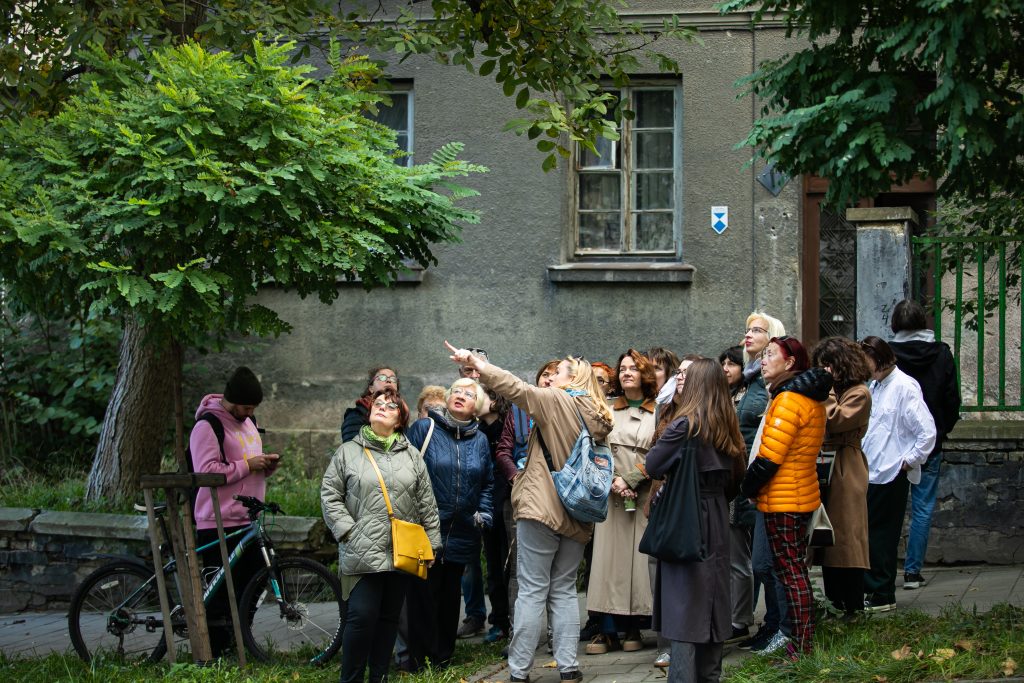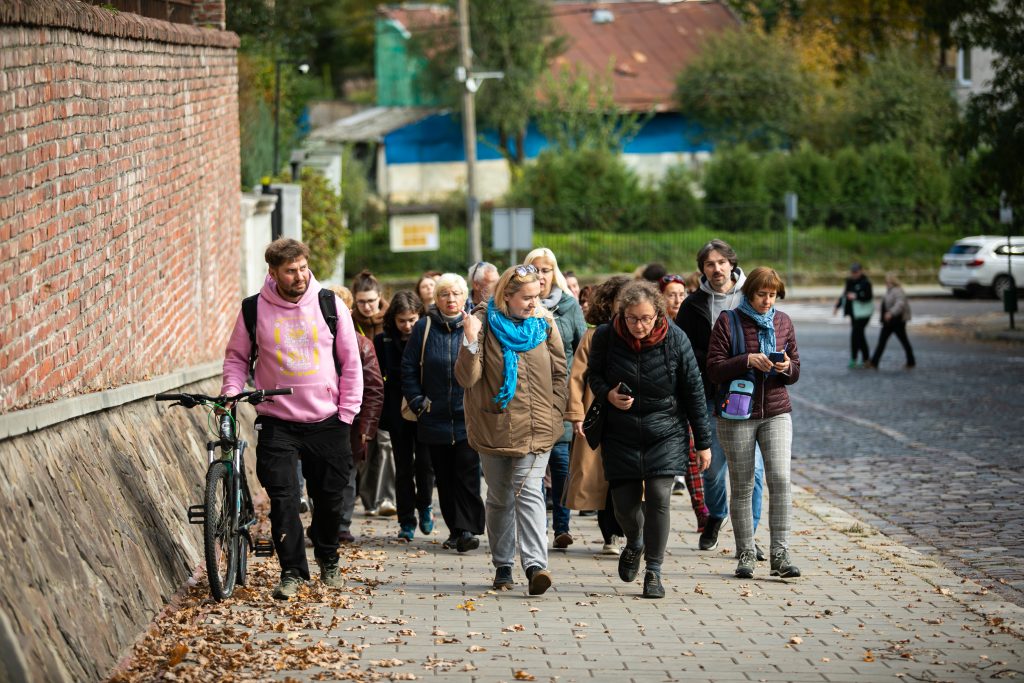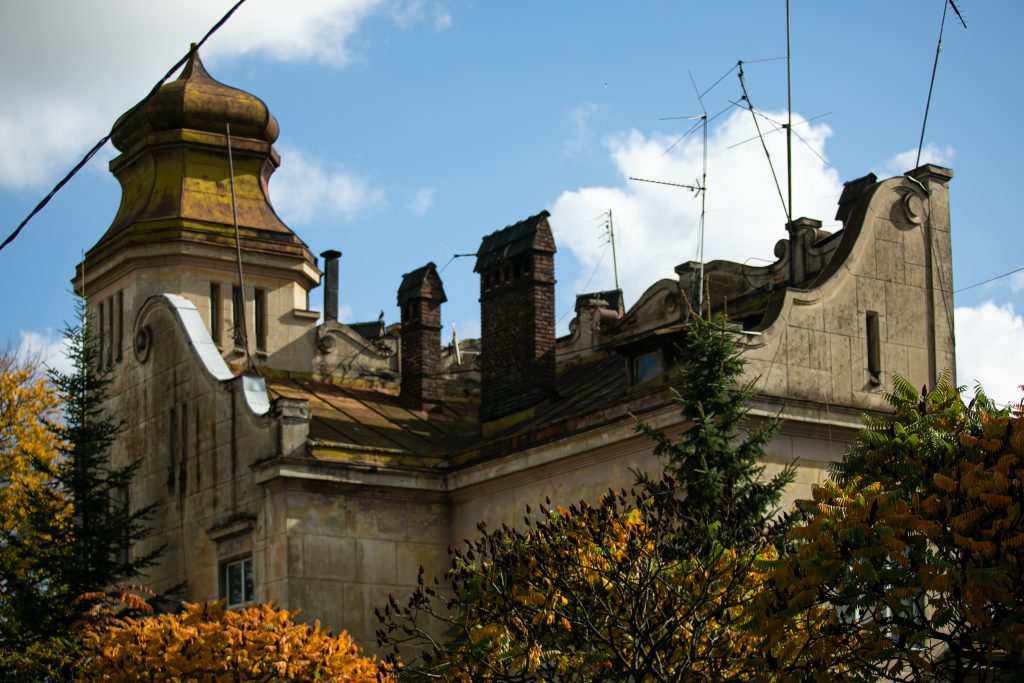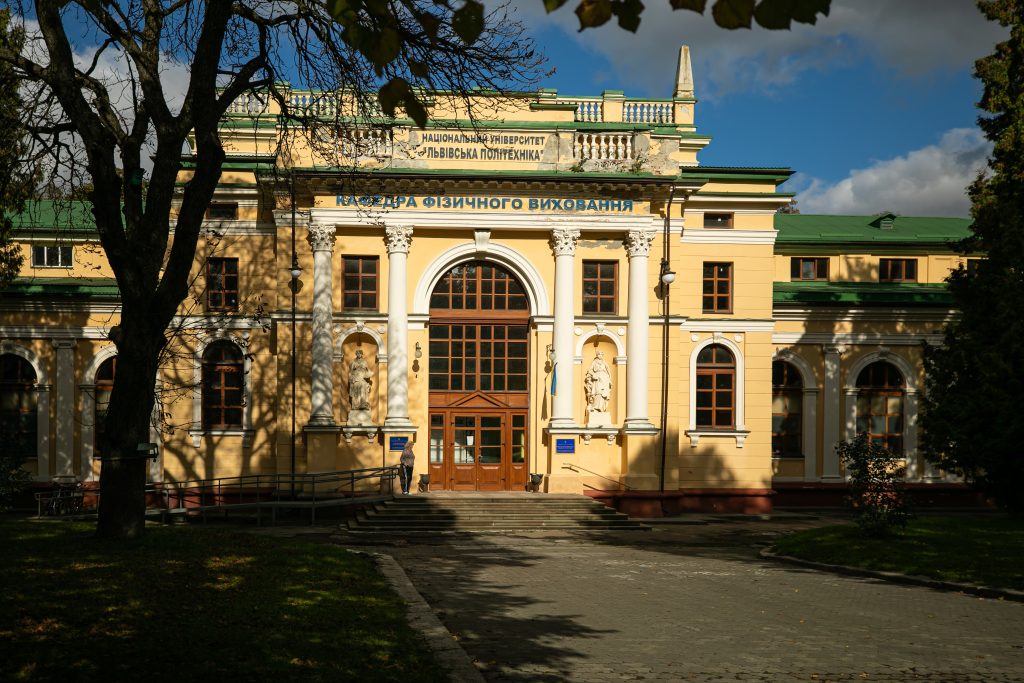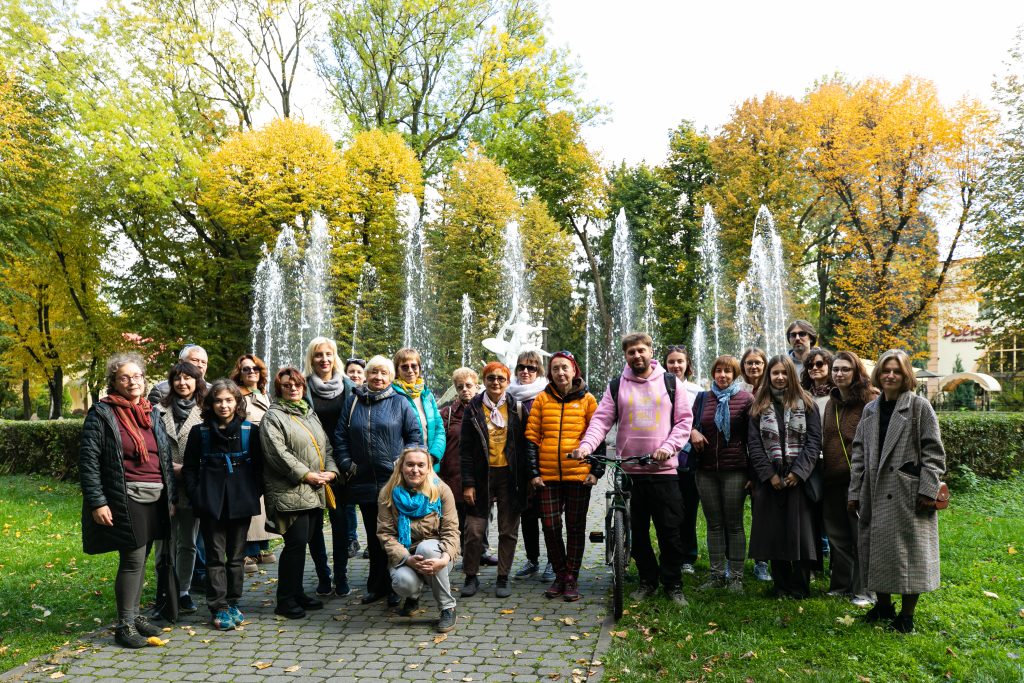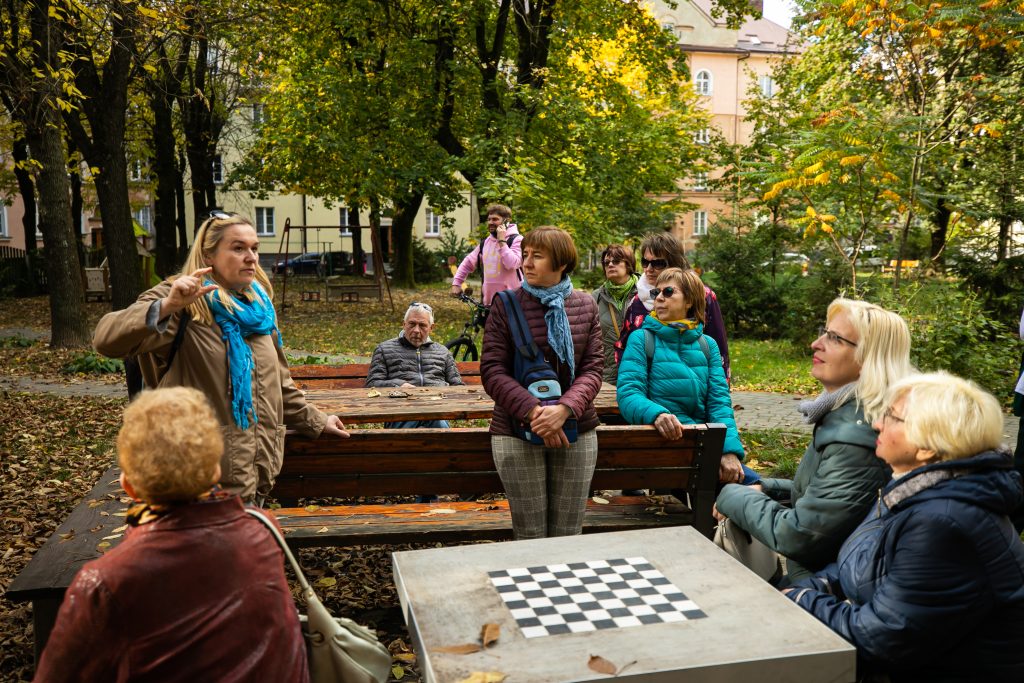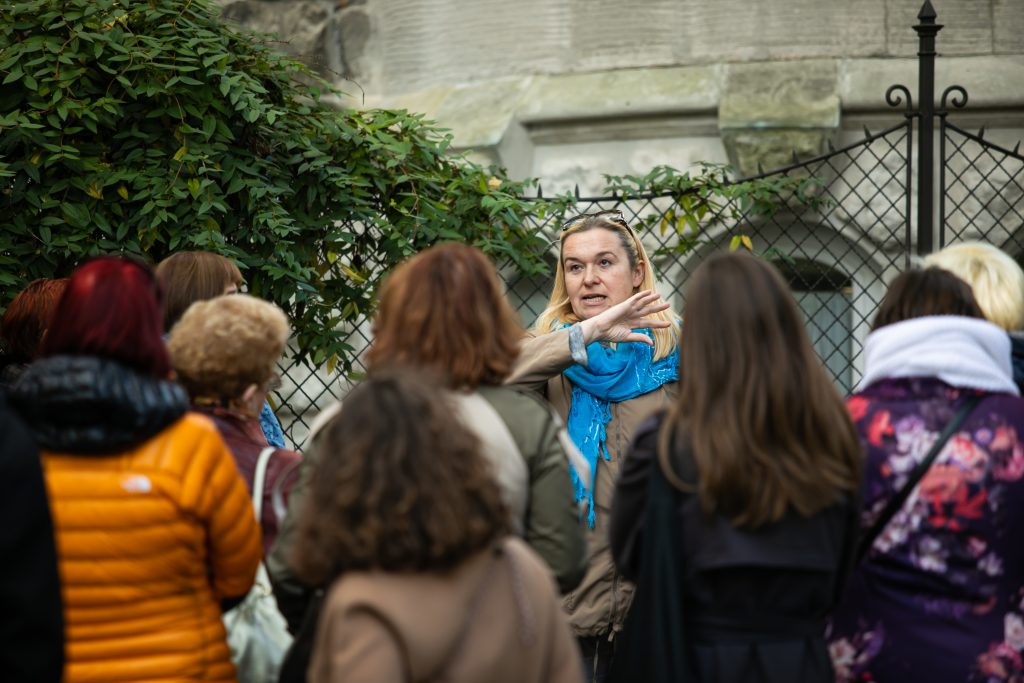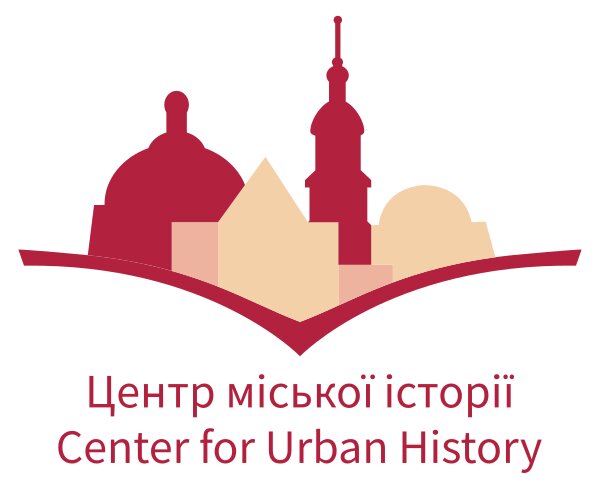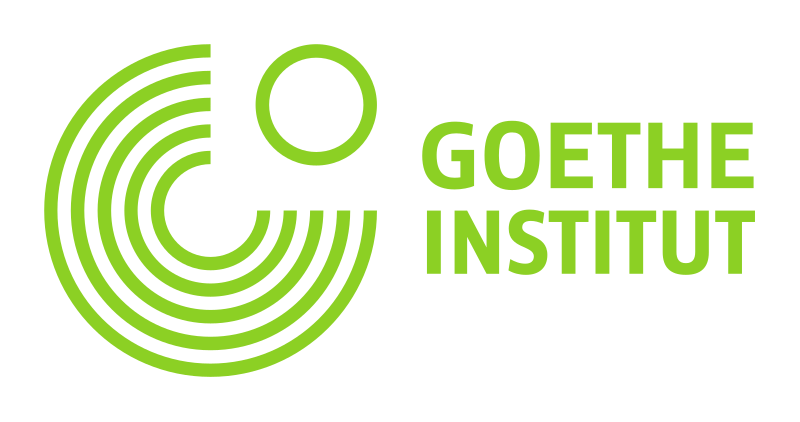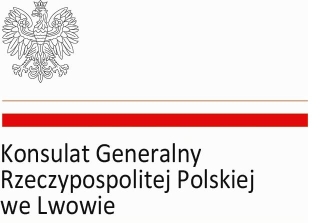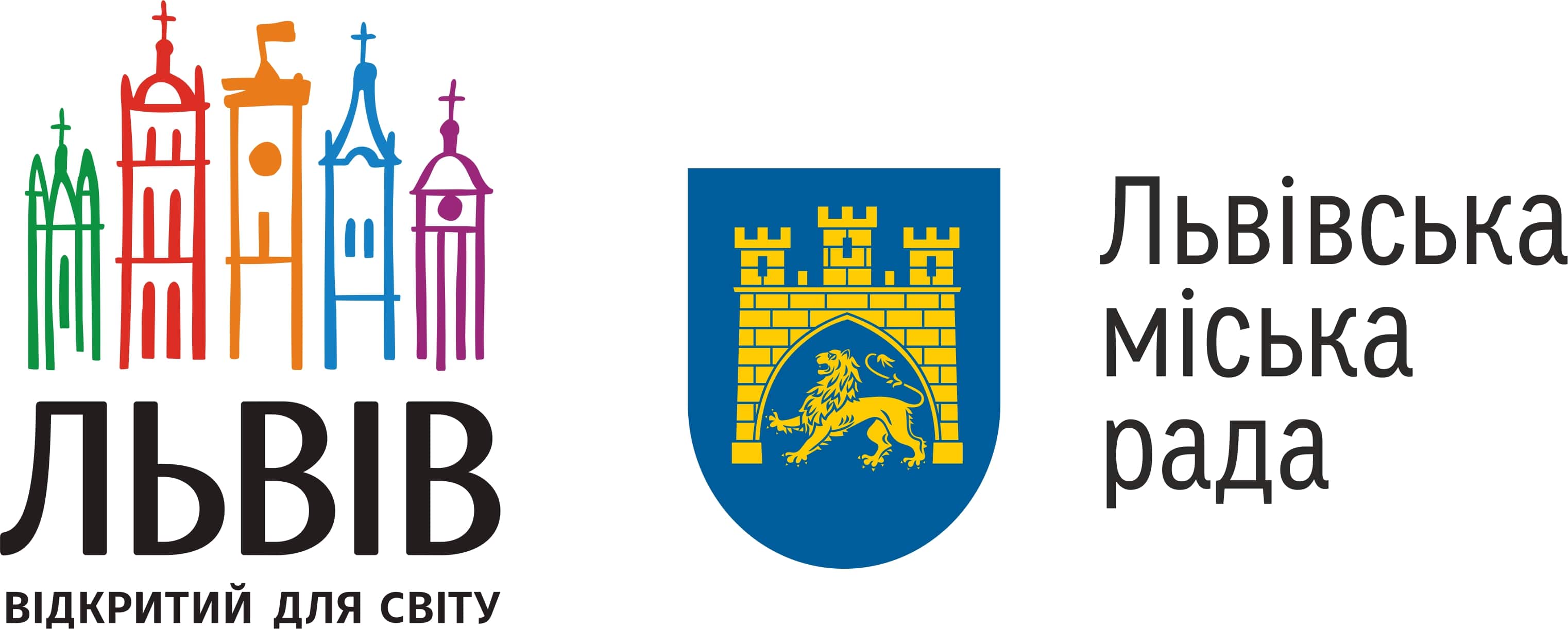(In)Visible Figures of Lviv Photography
12.10.2024, 13:00
We invite you to a city walk by Inna Zolotar, which is part of the accompanying program for the exhibition "Domowroty / ПОВЕРНЕННЯ / Homing. Włodzimierz Puchalski."
This exhibition puts Włodzimierz Puchalski, a Lviv resident, photographer, and artist, back on the city map. It highlights almost unknown biographies and actualizes a number of issues for contemporary Lviv residents. Firstly, the history of the Lviv School of Photography, from which Puchalski grew up as an artist.
Lviv photography has gone from the first daguerreotypes to the creation of professional and amateur photographic communities that produced such names as Henryk Mikolasch Aleksander Krzywobłocki, Witold Romer, Jan Neumann, Roman Turyn, Wanda Diamand, Oleksandr Pezhansky, and many other (in)famous artists. Most of them either died or were forced to leave Lviv, losing their homes, their environment, and often their right to the city.
In postwar Poland, Włodzimierz Puchalski is known primarily as a naturalist, (photo)hunter, and director of many films on natural history. His unique dialog with the animal, bird and plant worlds prompts reflections on the interaction or opposition between humans and nature, on environmental challenges and our future, on the possible coexistence of them and us in urban space, and, ultimately, on the need for some fauna to return home every year, regardless of circumstances, wars and new and old borders.
The Lviv space in the photographs of Puсhalskі and his colleagues is very recognizable. In addition to the surviving townhouses, we still have the same parks, squares, and even clouds in the same sky. And it is these images that once again make us think about the (meta)physical and material (non-)return of those for whom this space was theirs, about the connection between home, space, and time, about complex biographies and identity, about the right to memory and our place in the Lviv landscape.
During the city walk, we will try to bring some biographies back to the Lviv space, think about the importance of creating environments and institutions, talk about home and memory, about the loss of one's own and others and the (in)possibility of returning, reflect on photography as art, as a witness to events, and as a tool of memory. Finally, we will try to see the diversity and complexity of Lviv's history as our strength and hope for the future.
To join the city walk, please register.
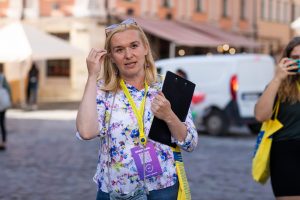
Inna Zolotar
Develops, accompanies, and conducts tours of Lviv and the region. His main interest is in the “cross-trails” of different groups and societies in Galicia, their (in)visibility in space, and the history of conflicts between different communities.
Drawing on the metaphor of "returns," which is particularly sensitive today, the series "Domowroty / ПОВЕРНЕННЯ / Homing" actualizes reflections on the constant process of physical and material return, as well as emotional and intellectual reflections on what is place, belonging, and connection. The public program is part of the project "Homing: Returns of People, Places and Archive." The project is implemented in cooperation with the Goethe-Institut in Ukraine.
The exhibition "Domowroty / ПОВЕРНЕННЯ / Homing" is organized by Andrij Bojarov, Center for Urban History and Lviv Municipal Art Center in partnership with the Consulate General of the Republic of Poland in Lviv and Department of Culture of the Lviv City Council.
Credits
Cover Image: Włodzimierz Puchalski / Museum in Niepołomice
Gallery: Ira Sereda

